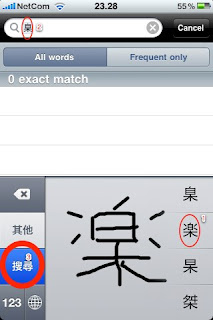When I first set out on my learn Japanese challenge, one of my main goals was to one day be able to read Haruki Murakami's South of the Border, West of the Sun in Japanese. But being able to read Japanese has proven much more difficult than I ever imagined. It's well over 2 years ago that I started learning Japanese, but apart from a few night classes, it's been a solitary challenge. Mostly I have concentrated on working through various text books, grammar books and kanji books. Reading Japanese texts has been such hard work that I usually give up after a few pages. So when I saw the Read more or die challenge on twitter I thought this is the perfect occasion to really sit down and read some Japanese.
The books I am concentrating on are the Japanese graded readers, Yotsubato, and finally the Read Real Japanese book that's been sitting on my bookshelf for ages.
These are a great introduction to reading Japanese. I strongly recommend them to any one starting to read Japanese. Read through the whole story without a dictionary, almost always you will understand a word sooner or later through the context of the story.
A manga that I often see recommended for beginners in Japanese reading. I do struggle a bit with reading manga. I bought the the first 4 volumes at the Kinokuniya bookstore in Shinjuku, (and was in heaven when they put book covers on them:-)). Yotsubato is the cutest 5 year old ever and well worth the struggle.
Read Real Japanese, 6 short stories by contemporary Japanese authors.
I have started on this book a few times, but quickly gave up. Now I have already read 2 of the 6 stories. I read the whole story from start to finish, without a dictionary or any form of note taking. Even if i don't understand I keep reading (often aloud) . I then read through the vocabulary explanations and notes section, which has great explanations of various grammatical points, then reread the story with a dictionary.
It's hard work but I really recommend this book to any one seriously wishing to learn to read real japanese.
When I was in Japan I bought a couple of glossy magazines and the Hiragana Times, all of which I am now trying to read from cover to cover! Thanks to @lordsilent for the great inspiration to finally sit down and read Japanese.































